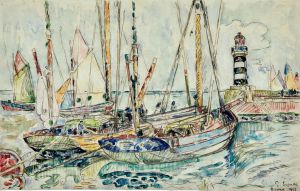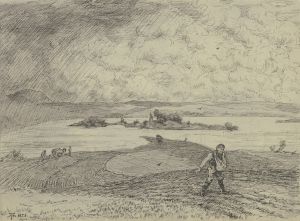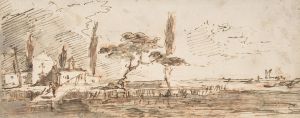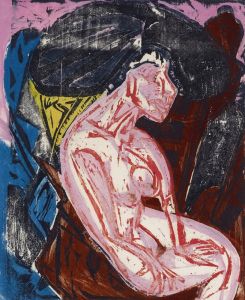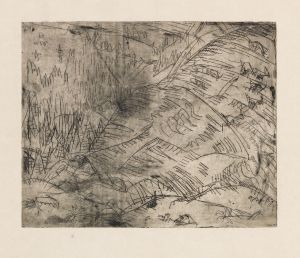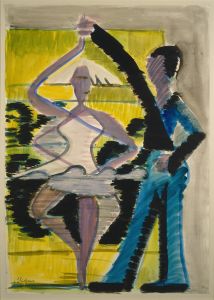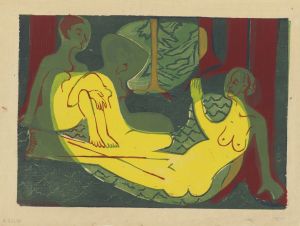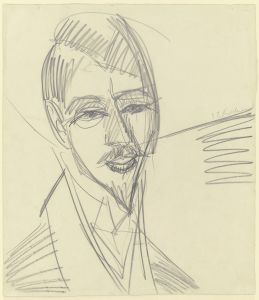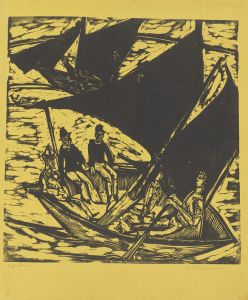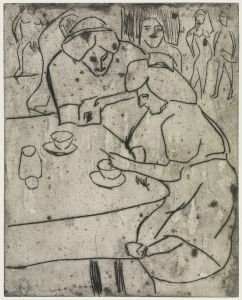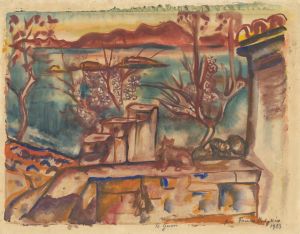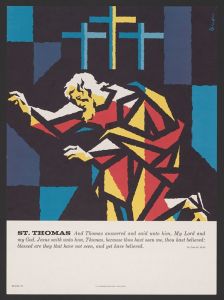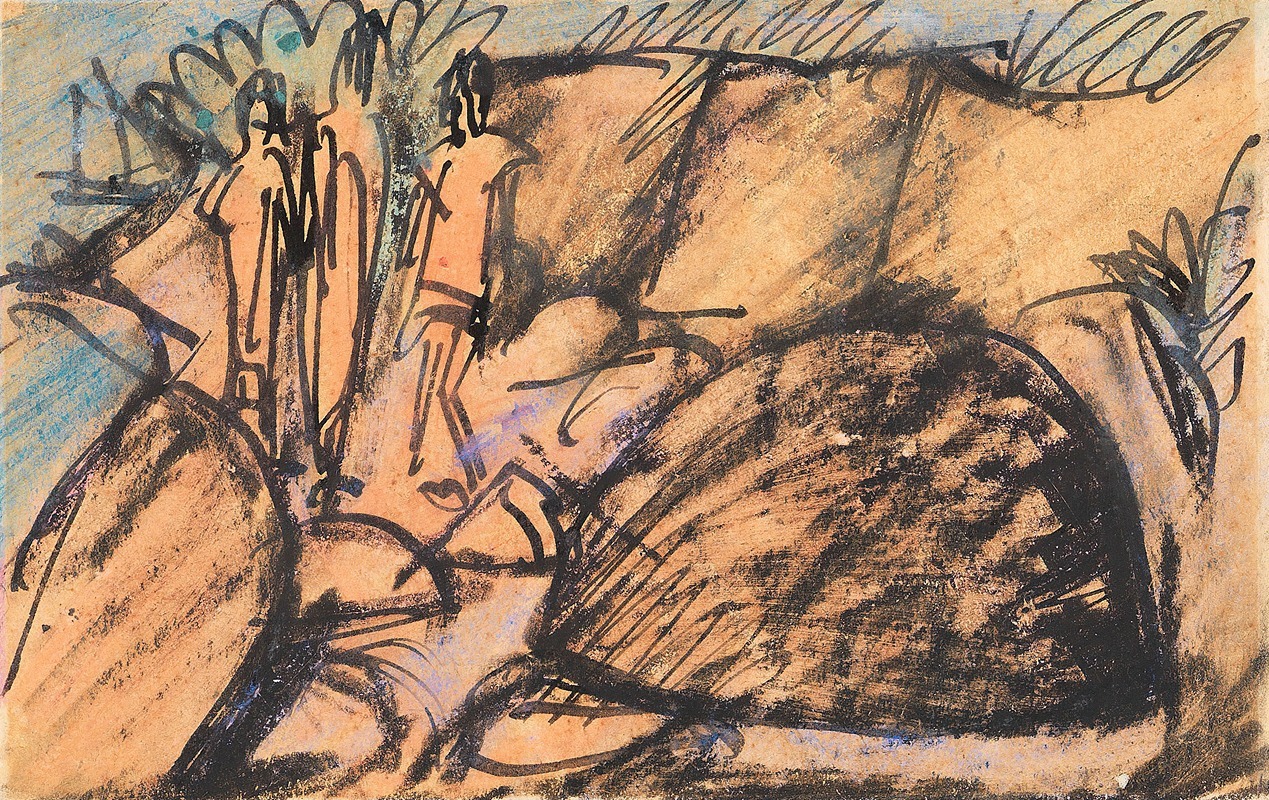
Drei Figuren auf Fehmarn
A hand-painted replica of Ernst Ludwig Kirchner’s masterpiece Drei Figuren auf Fehmarn, meticulously crafted by professional artists to capture the true essence of the original. Each piece is created with museum-quality canvas and rare mineral pigments, carefully painted by experienced artists with delicate brushstrokes and rich, layered colors to perfectly recreate the texture of the original artwork. Unlike machine-printed reproductions, this hand-painted version brings the painting to life, infused with the artist’s emotions and skill in every stroke. Whether for personal collection or home decoration, it instantly elevates the artistic atmosphere of any space.
Ernst Ludwig Kirchner was a prominent German expressionist painter and one of the founding members of the artist group Die Brücke (The Bridge), which played a pivotal role in the development of modern art in the early 20th century. One of his notable works is "Drei Figuren auf Fehmarn" (Three Figures on Fehmarn), which exemplifies his distinctive style and thematic focus.
"Drei Figuren auf Fehmarn" was created during Kirchner's time on the island of Fehmarn, located in the Baltic Sea, where he spent several summers between 1912 and 1914. This period was significant for Kirchner as it provided a retreat from urban life and allowed him to explore themes of nature, freedom, and the human form in a more liberated and expressive manner. The island's landscape and the relaxed atmosphere greatly influenced his work, leading to a series of paintings that capture the essence of this environment.
The painting "Drei Figuren auf Fehmarn" depicts three nude figures in a natural setting, a common motif in Kirchner's work during this period. The use of vibrant colors and dynamic brushstrokes is characteristic of Kirchner's expressionist style, aiming to convey emotional experience rather than physical reality. The figures are rendered with bold outlines and simplified forms, emphasizing movement and the interplay between the human body and nature.
Kirchner's choice of subject matter reflects his interest in the concept of the "primitive" and a desire to return to a more natural and unspoiled way of life, which was a central theme for many expressionists. The depiction of nudes in a natural setting also aligns with the ideals of Die Brücke, which sought to break away from traditional academic art and explore more radical and expressive forms.
The painting is also notable for its composition, which demonstrates Kirchner's skill in balancing form and color to create a harmonious yet dynamic scene. The figures are integrated into the landscape, blurring the boundaries between the human form and nature, which can be seen as a metaphor for unity and the interconnectedness of life.
Kirchner's time on Fehmarn was cut short by the outbreak of World War I, which had a profound impact on his life and work. The war and its aftermath led to a period of personal and artistic crisis for Kirchner, but the works he created on Fehmarn remain some of his most celebrated, capturing a moment of artistic freedom and exploration.
"Drei Figuren auf Fehmarn" is housed in various collections and has been exhibited in numerous retrospectives of Kirchner's work, contributing to the understanding and appreciation of his contribution to modern art. The painting continues to be studied for its innovative approach to form and color, as well as its reflection of the broader cultural and artistic movements of the time.





